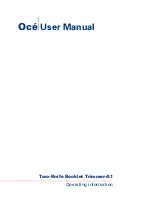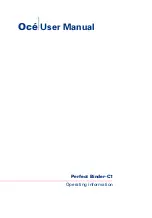
O P E R AT I N G I N S T R U C T I O N S | Bulkscan®
8014829/ZV98/2018-05-07| S I C K
Subject to change without notice
7 3
COMMISSIONING
8.6
Taking a reference measurement (compensation function)
Depending on the application, systematic errors can occur during the determination of
the volume. In particular the compression of the lower layers of bulk due the mass of
the bulk above will result in reproducible deviations. This systematic error can be calcu-
lated from the volume using a compensation function.
The software calculates this compensation function based on one or more reference
measurements:
• Perform up to 10 reference measurements when the load on the conveyor belt varies
in operation.
• The best results are achieved if the reference measurements cover the entire mea-
suring range, meaning minimum to maximum belt load.
If you replace a sensor, you can also enter the compensation function directly instead
of the reference measurements.
Requirements for the prevention of measurement errors
• Bulk height of the good transported at least 200 mm.
• Constant belt speed during the calibration.
• Constant bulk properties.
• Suitable mounting location and mounting orientation (see "5.2 Selecting the mount-
• Deformations of the conveyor belt under load < 5 mm.
Reference volume
For the reference measurement you need a reference volume. To determine the refer-
ence volume, a reference measuring system with an accuracy of ±1% with reference
to the end value of the measuring range is required. Examples for suitable reference
measuring systems:
• Packing plant for the bulk:
• Vessel with straight contours (e.g., container) into which the bulk is transported with
the possibility of subsequently determining the volume.
If, instead of a defined volume, a bulk with a defined mass is available, you can convert
this into a volume if the bulk density is known and constant.
Mass [t]
Volume [m
3
] =
Bulk density [t/m
3
]
Note
Note
















































